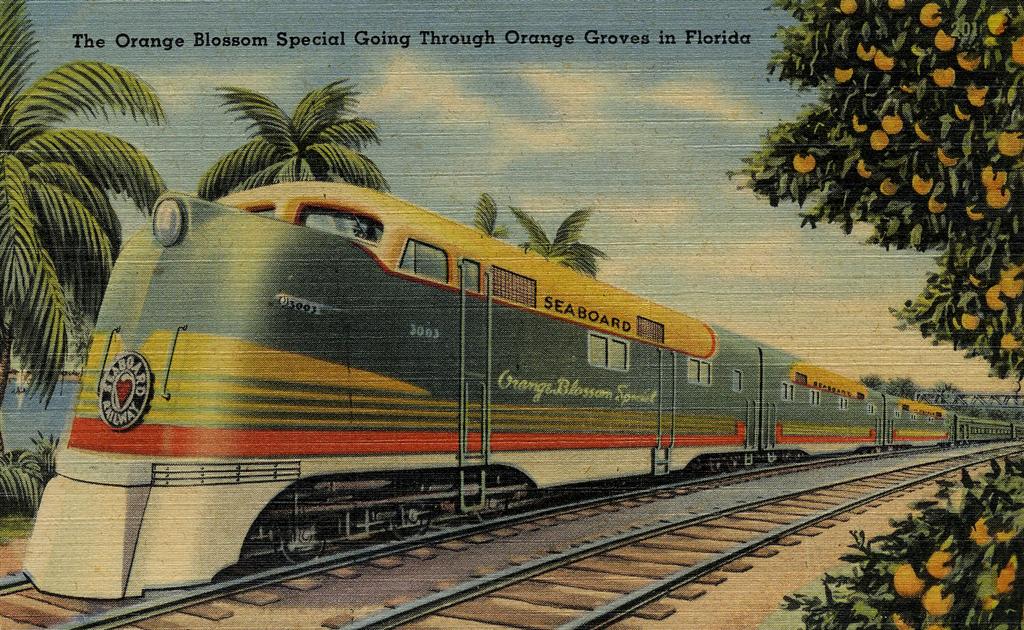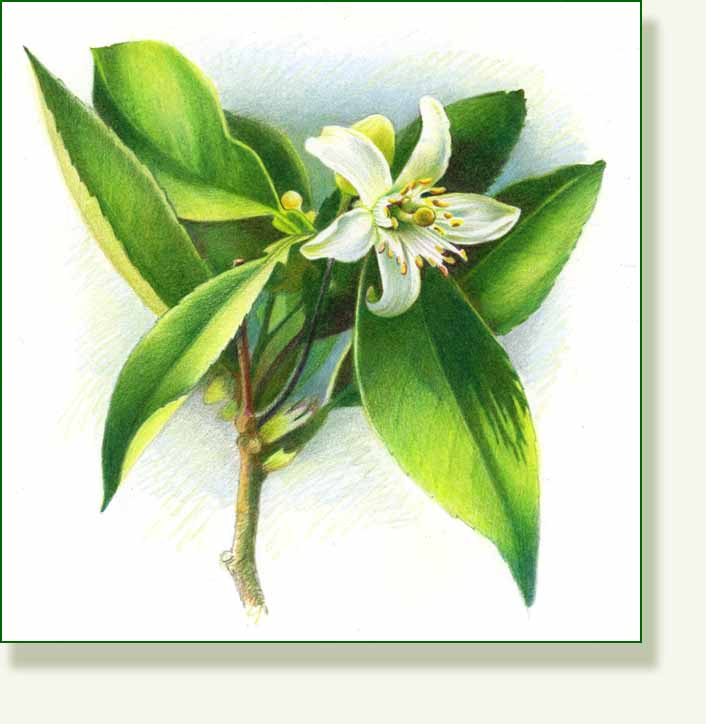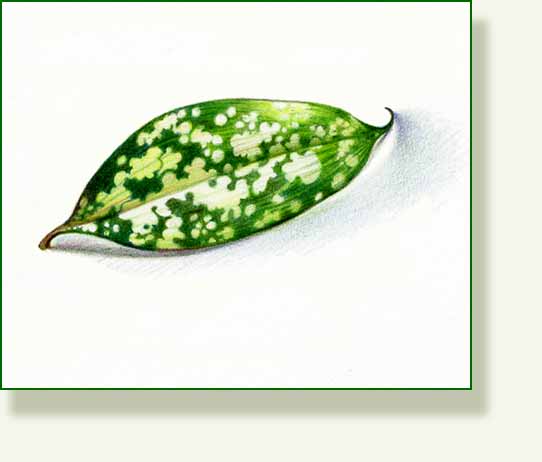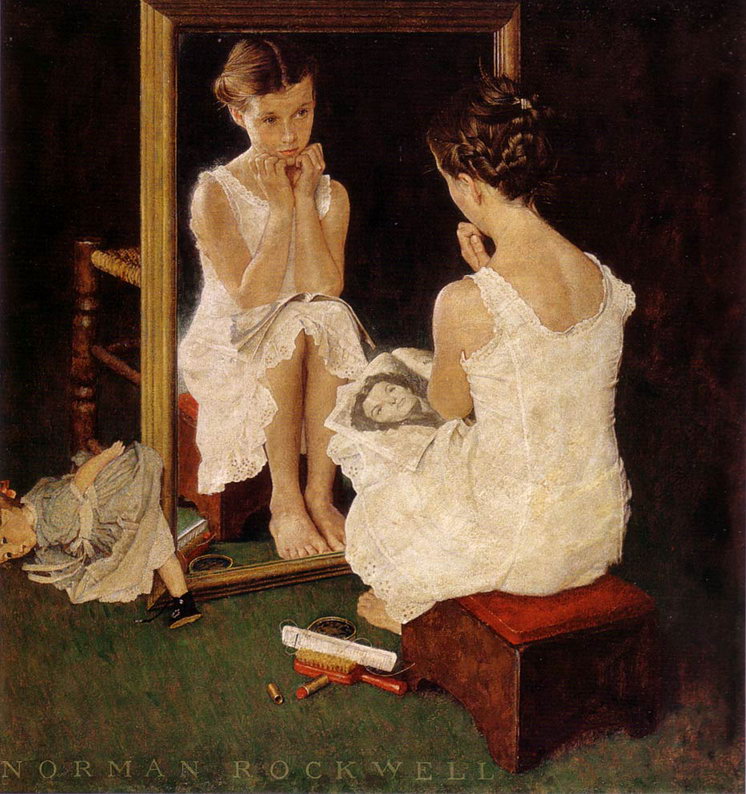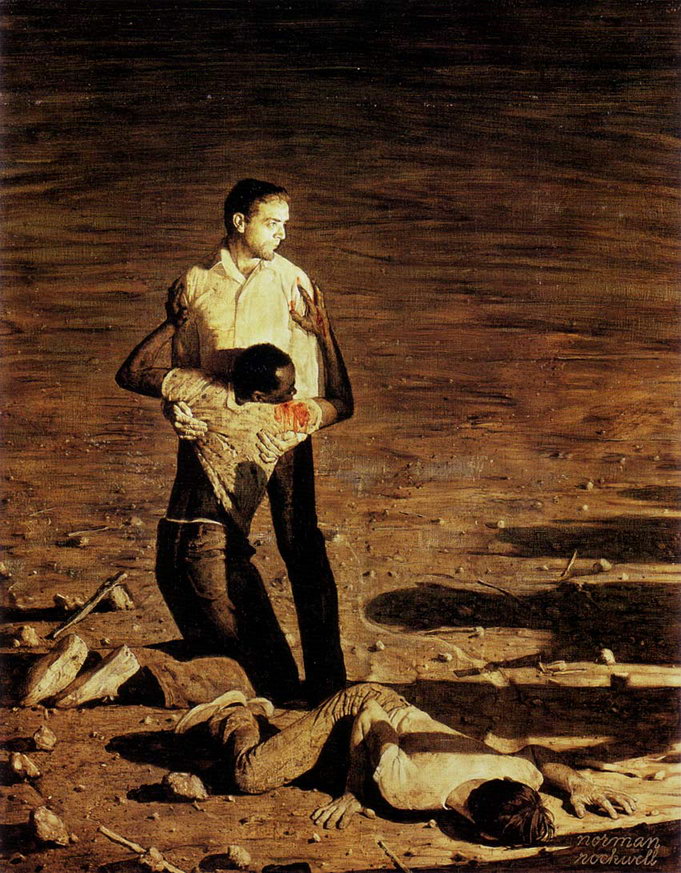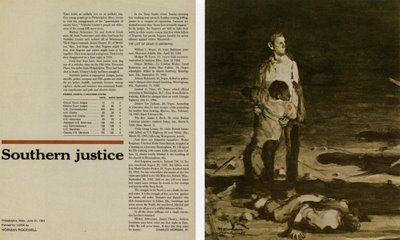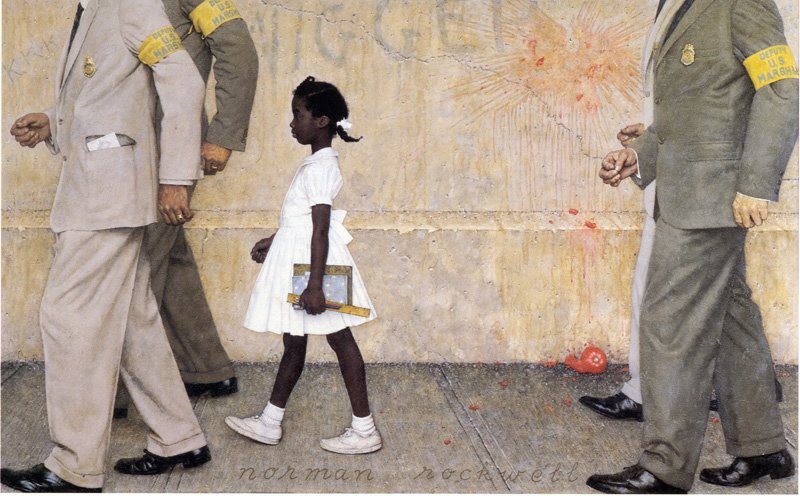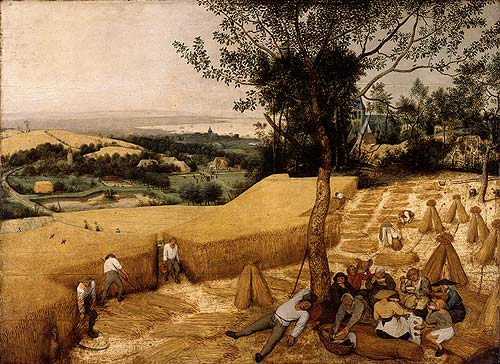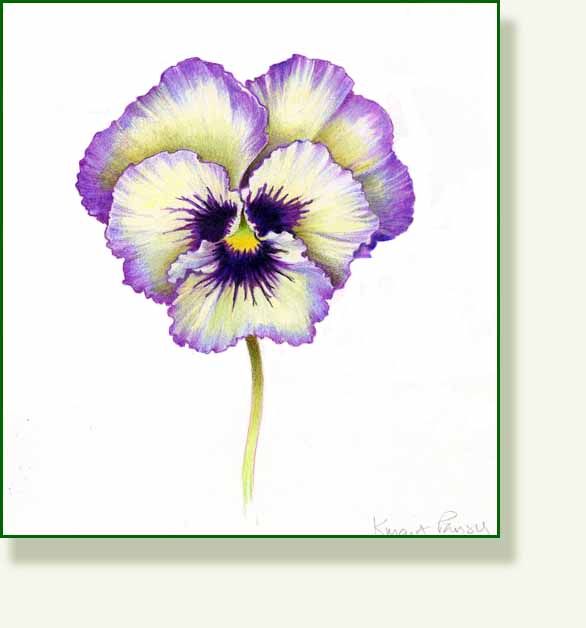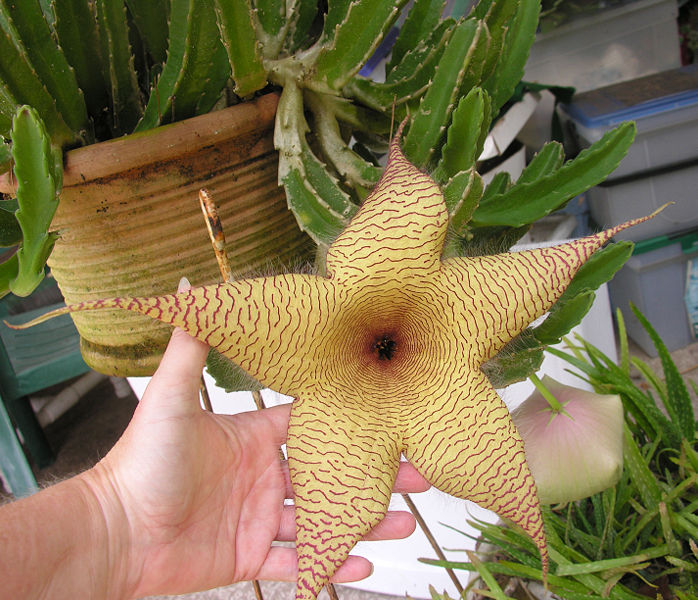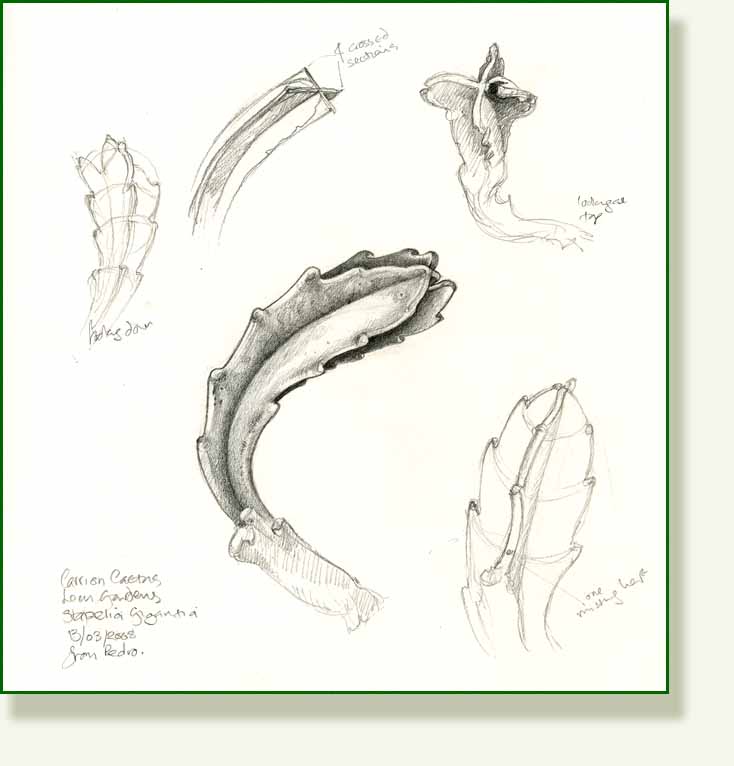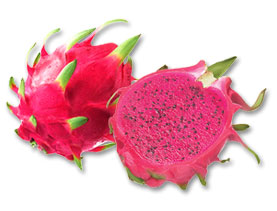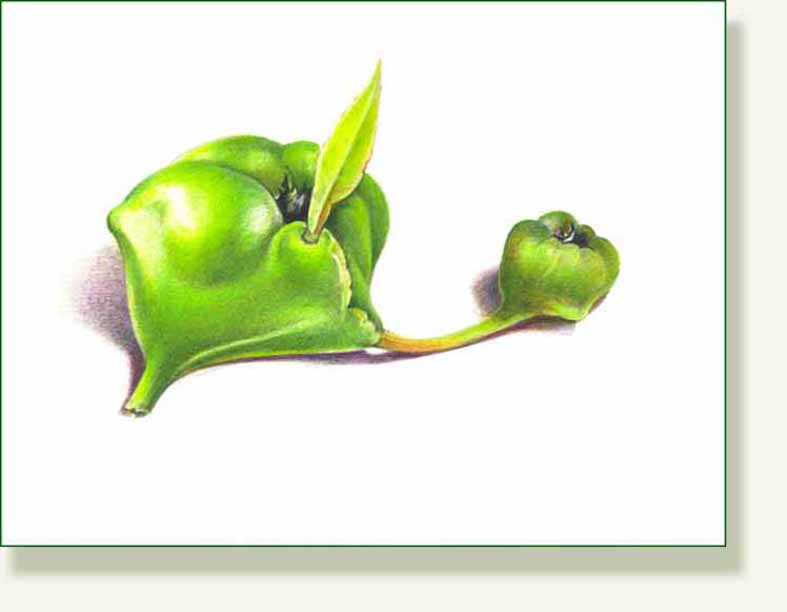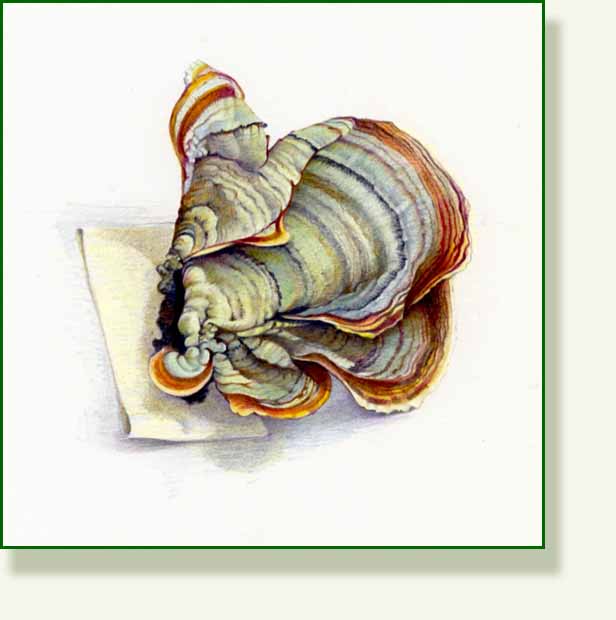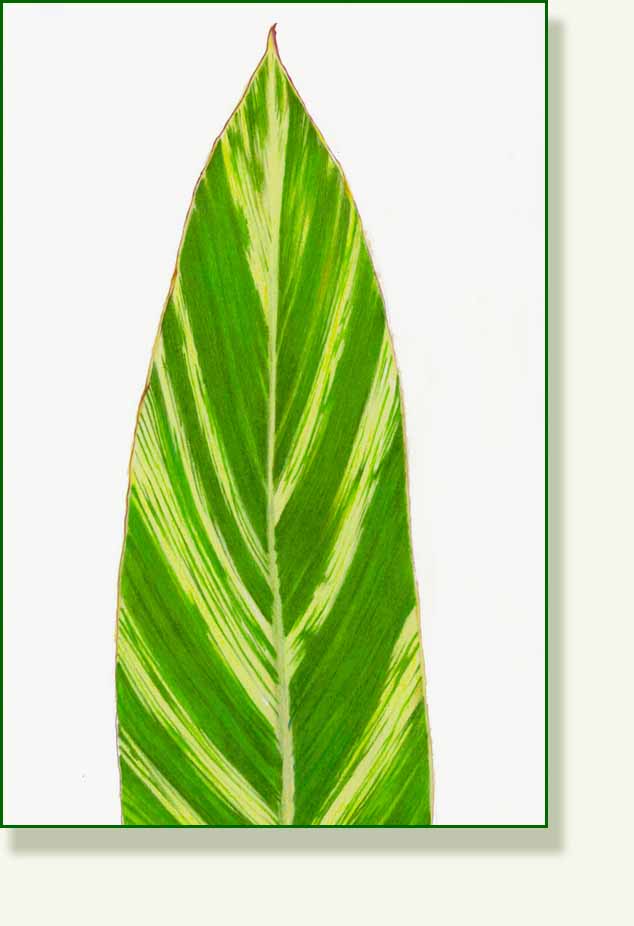Here I am in Florida and only today I realised that orange blossom is the State flower. I could be forgiven because it’s not so easy to find an orange tree locally but there are some obvious clues.
We live in Orange County, Orange Avenue is three blocks away and the notorious OBT, Orange Blossom Trail, parts of which are synonymous with extreme low life, runs north-south through Orlando.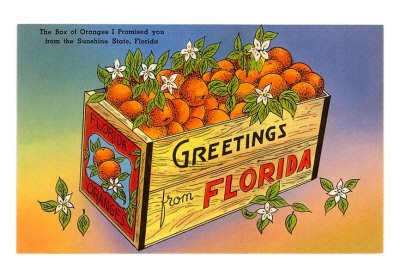
Oranges were brought by the Spanish to “La Florida” and became established in the wild, where the early American naturalist, John Bartram, in his journal entry in 1766, writes of them growing growing on the banks of Salt Springs, their wonderful refreshing fruit and delicate perfume.
However the citrus industry really began to take off in the 19th century and by 1880 oranges, lemons, grapefruit and limes were being shipped and sent by rail to New York and Philadelphia.
However, just as earlier this year, Florida is subject to terrible frosts and in 1894 and 1899, the satsuma orange trees were virtually wiped out. The last great freeze was in 1980s when vast acres of citrus groves were destroyed, many owned by Tropicana. The unreliability of the climate has discouraged any major regeneration and who needs oranges when you have Disney?
Here is a saucy American slightly Disney version of Nell Gwynne.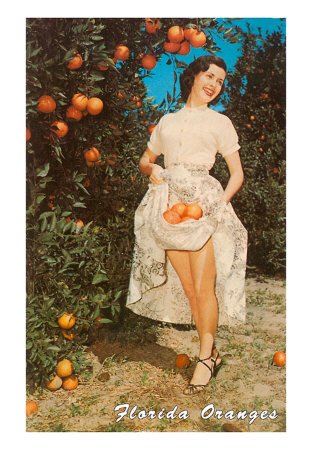
poster images from art.com
Another reminder of the great old orange days is of course the famous train, (and fiddle tune)”The Orange Blossom Special” bringing city dwellers of New York down to the sun kissed shores of Florida. Inaugurated in 1925 I can only imagine how wonderful it must have been to leave the cold city streets of New York to travel in style to the sun.
Well talk about her ramblin’
She’s the fastest train on the line
Well talk about her travellin’
She’s the fastest train on the line
She’s the Orange Blossom Special
Rollin’ down the seaboard line3.
Well, I’m going down to Florida
Get some sand in my shoes
Or maybe California
Get some sand in my shoes
I’ll ride the Orange Blossom Special
And lose those New York blues
I found this great image and further links to Florida history here http://www.spacecoastweb.org/blog/florida/history/
On this day of financial gloom take a second to smile as you watch these kids playing this great blue grass anthem. Check out little Katie giving it her all, “Go Katie”
or a classic bit of Johnny Cash
A footnote on American trains.. don’t you just love them? We live near the railway track and hear and feel the long slow Amtrack train as rumbles and hoots its way along the Winter Park loop. We can hear the constant rise and fall of its plaintive whistle for a good half hour warning people away from the largely unprotected track. To us Brits brought up on old American movies of pioneering rail travel, the particular clanging sound of the crossing gates and the mournful whistle evoke ideas of freedom, of wide open spaces, of hobos flipping the freight cars and great railroad songs with those lonesom’ harmonica solos.
We love the train. Our neighbours think we are strange.
In this drawing I have tried some burnishing where the colour is smoothed down. It’s an interesting technique and blends the colours more but makes the surface very slippery and difficult to work over. The drawing could be more finished but at the moment I don’t want to spend more than one day on a drawing unless its something special. I still consider all this experimental. I persevere.
_________________________________________________

